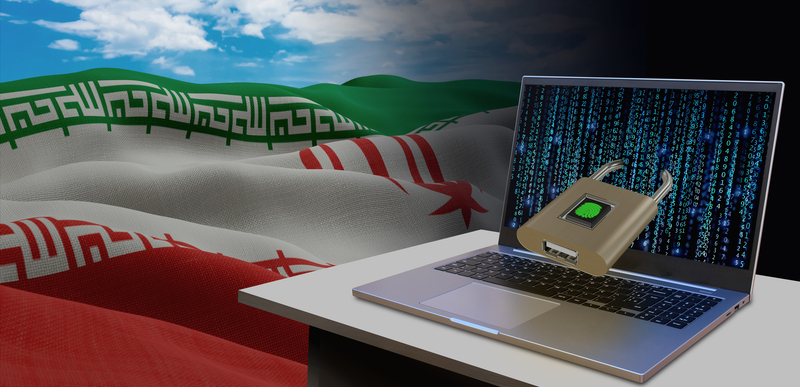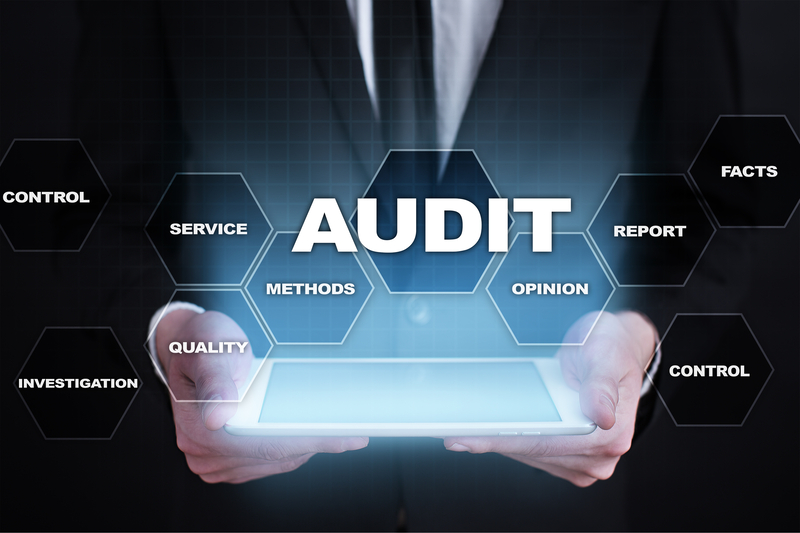
Regular training for export compliance is more important than ever. This is due to dynamic changes in export regulations and increased enforcement of those regulations. CVG Strategy offers up to date training for Export Administration Regulations (EAR) and International Traffic in Arms Regulations (ITAR). Our training is interesting and engaging for participants and allows ample time for questions and clarifications.
Changing Global Dynamics Effect Regulations
The United States and its allies are increasing utilizing export controls to address national security and foreign policy objectives. Several years ago, export compliance was generally considered to be a concern chiefly for providers of defense articles and defense services. Now, the Department of Commerce has increased regulations and accelerated enforcement of dual-use items enumerated in the Commerce Control List (CCL). This presents increased risk for exporters of non-military products.
Increases in Enforcement Activity of Export Regulations
U.S. export agencies are working together with the FBI, Department of Justice, Department of Treasury to ensure that controlled items and their associated technical data are not exported to restricted countries, entities, or individuals. They are also involving the participation of the international intelligence community to further their objectives.
These intelligence assets, such as Five Eyes, utilize communications intelligence, global positioning intelligence, and human intelligence resources to identify, investigate, and enforce potential violations around the world. Additionally, agencies are partnering with private sector entities to identify potential violations.
ITAR & EAR Education and Training
Regular training is a requirement for all involved employees in an export compliance program. This is a requirement by both the Bureau of Industry and Security (BIS) and the Department of State Directorate of Defense Trade Controls (DDTC).
Professionals new to export controls need to understand how and why exports are regulated. They should be familiar with the key US Government agencies and which export regulations that could apply to your business. They also need to understand what factors can lead to a requirement for an export license and the consequences of failure to comply.
Those with more experience in export law need to be aware of the constant changes in regulations and reinforce their understanding of the basic framework of export compliance. Keeping current on changes in regulations and on best practices for achieving compliance is the best way to ensure that your company is maintaining its due diligence.
Training is Vital for Export Compliance Programs
The United States Government strongly recommends that businesses implement effective export compliance programs. In cases where export violations may have occurred businesses are required to conduct Voluntary Self Disclosures (VSD) in a timely manner. When enforcing agencies access these violations, businesses having viable export compliance programs receive reduced penalties. As mentioned, training is an essential part of any compliance program.
Employees at every level of an organization must understand their responsibilities in maintaining compliance and reporting any threats to that compliance. Aside from remaining current on regulations, personnel should have their knowledge and awareness reinforced.
CVG Strategy Export Compliance Course Description
This one-day webinar provides a fundamental overview of the U.S. International Traffic in Arms (ITAR), the U.S. Export Administration Regulations. It includes instruction and exercises on how to classify articles (product and tech data). Additionally, it explains the key principals in the regulatory and statutory framework involved in export compliance.
Upon completion of this course, students are given a certificate of completion.
Subjects covered in this training include:
- ITAR and USML (United States Munitions List)
- EAR and CCL (Commerce Control List)
- Registration with the State Department
- ITAR and EAR technical data controls
- ITAR and EAR licenses
- Compliance and enforcement
- Transition of hardware and technical data from the Munitions List (USML) to the Export Administration Regulations (EAR)
- Regulation of brokering activities
- Two sections on how to classify articles
- Use of classifications to organize necessary controls under US Law.
CVG Strategy Export Compliance Management Programs
Recent comments of the DOJ stressed Export Compliance programs should place regulations that involve national security high in their risk assessments. Failure to comply with regulations can result in criminal prosecution including imprisonment and fines. It can also result in civil penalties and disbarment from export activities. Your business cannot afford to have its reputation ruined by a failure to comply with rapidly evolving regulations.
If you are part of a large corporation or a small company with a part-time compliance person, CVG Strategy has the compliance and training programs to help you meet International Traffic in Arms Regulations (ITAR) and Export Administration Regulations (EAR) rules and requirements. As the BIS place controls on a growing number of technologies it becomes increasing difficult for smaller businesses to stay abreast of regulatory developments. Because of this, we provide Export Compliance Management Programs (ECMP) for businesses of all sizes.
CVG Strategy, LLC is recognized the world over as the premier provider of Export Compliance Consulting and Export Compliance Programs for businesses involved in export in the U.S. and Canada. We also provide the essential training that ensures that your team is up to date on governmental regulations, including the Export Administration Regulations (EAR), the International Traffic in Arms Regulations (ITAR), the Canadian Controlled Goods Program, and Office of Foreign Asset Controls (OFAC) and other regulatory agencies and more.

















